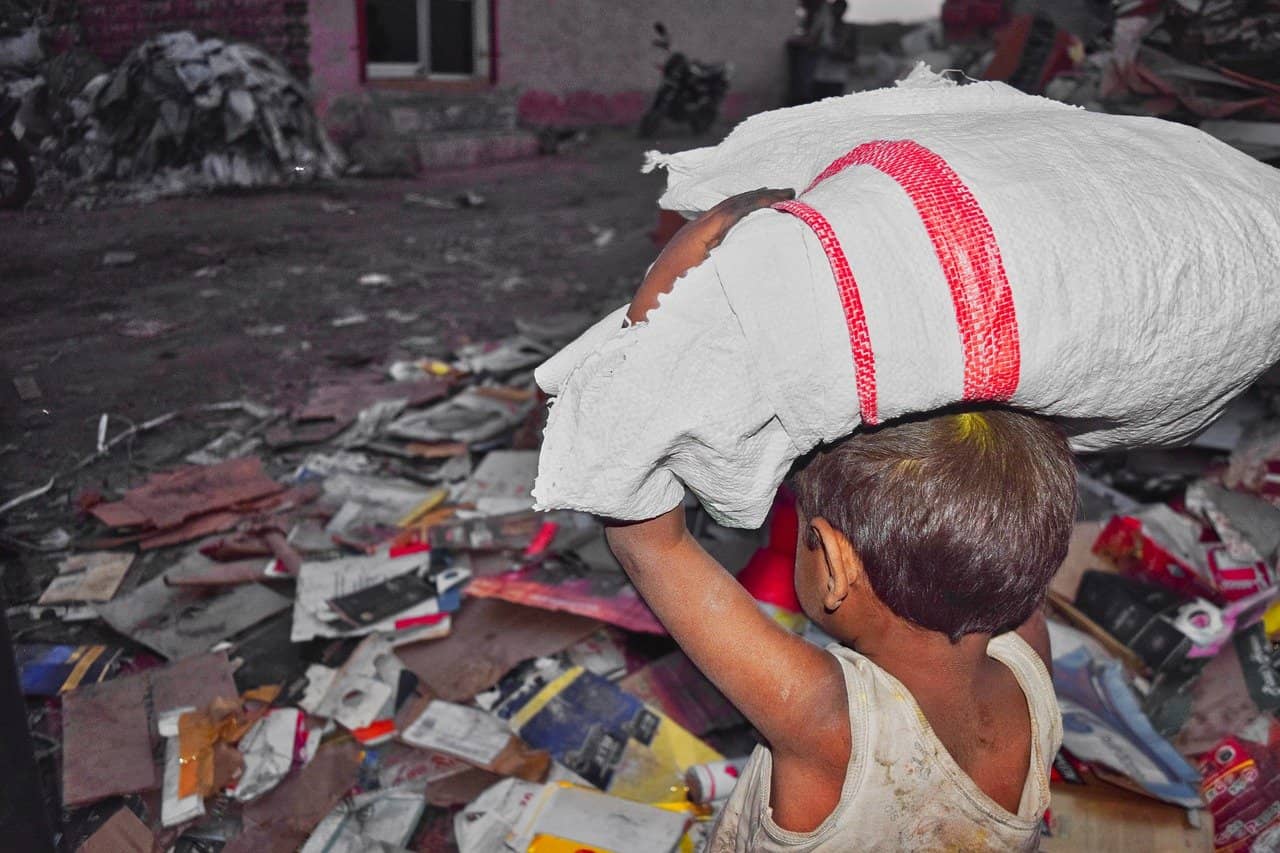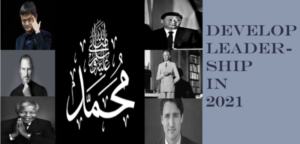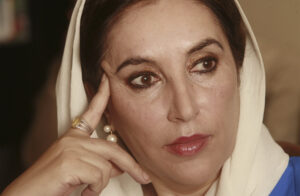International Humanitarian Law:-
To get the basic concept of IHL, Let’s draw attention to a Legal fact. i.e
“It is restricted to Kill or wound those enemies who have ceased to take parts, such as wounded, shipwrecked and sick combatants, and prisoners of war. “These categories of person are entitled to respect for their lives and their physical and mental integrity. They also enjoy legal guarantees. They must be protected and treated humanely in all circumstances, with no adverse distinction.
More specifically: It is forbidden to kill or wound an enemy who surrenders or is unable to fight; the sick and wounded must be collected and cared for by the party in whose power they find themselves. Medical personnel, supplies, hospitals, and ambulances must all be protected.
- Now a question arises which body of Law or Legislature Lays down such Legal provisions?
The answer to this Question is International Humanitarian Law.
International humanitarian law is a set of rules which seek, for humanitarian reasons, to limit the effects of armed conflict. It protects persons who are not or are no longer participating in the hostilities and restricts the means and methods of warfare. International humanitarian law is also known as the law of war or the law of armed
- A major part of international humanitarian law and The Part that is Concerned with our Topic i.e “Protection of Children from Recruitment in Military” is contained in the four Geneva Conventions of 1949. Nearly every state in the world has agreed to be bound by them. The Conventions have been developed and supplemented by two further agreements: the Additional Protocols of 1977 relating to the protection of victims of armed conflicts.
International Human Rights Law:-
We all have heard the following statement whether in Municipality or International Law, that: “Everyone has the right to freedom of movement and residence within the borders of each State.”
The origin of Such rule Comes from Article 3 of the Universal Declaration of Human Rights. Which is a code of Law laid Down by the United Nations Organization in the form of Human Rights in 1948.
International human rights law (IHRL) is the body of international law designed to promote human rights on social, regional, and domestic levels. As a form of international law, international human rights law is primarily made up of treaties, agreements between sovereign states intended to have binding legal effect between the parties that have agreed to them.
It has inspired a rich body of legally binding international human rights treaties. It continues to be an inspiration to us all whether in addressing injustices, in times of conflicts, in societies suffering repression, and in our efforts towards achieving universal enjoyment of human rights.
Enforcement:-
International human rights law lays down obligations which States are bound to respect. By becoming parties to international treaties, States assume obligations and duties under international law to respect, to protect, and to fulfill human rights. The obligation to respect means that States must refrain from interfering with or curtailing the enjoyment of human rights. The obligation to protect requires States to protect individuals and groups against human rights abuses. The obligation to fulfill means that States must take positive action to facilitate the enjoyment of basic human rights.

Relationship between IHRL and IHL relating recruitment of Child Soldiers:-
The changing nature of modern warfare has increasingly exposed children, both boys and girls, to direct involvement in armed conflict. Today, with around 250 million children living in situations of armed conflict, protecting children in conflicts is a major challenge for international children’s law and its implementation.
Both IHL and IHRL prohibits the recruitment and use of Children in Militancy through numerous Codes and Conventions.
Protection of children during armed conflict found in two separate but complementary legal regimes: international human rights law and international humanitarian law. These laws take notices of General Legal rights given to Child which are most likely to get infringed in a state of wars.
- Physical and mental well-being (such as medical care, food, and clothing).
- Their access to activities essential for their development, particularly
The recruitment of children is prohibited in several military manuals including those which are applicable in non-international armed conflicts It is also prohibited under the legislation of many States. No official contrary practice was found. Alleged practices of recruiting children have generally been condemned by States and international organizations, for example, in
- Burundi,
- the Democratic Republic of the Congo,
- Liberia,
- Myanmar and Uganda In a resolution on children in armed conflicts adopted in 1999, the UN Security Council strongly condemned the recruitment of children in violation of international law
Different statutory References Of International Humanitarian Law, prohibiting Children recruitment in Military:-
Meaning of Childhood:
The analysis of international legal responses to the issue of child soldiers demands an understanding of how the global community defines childhood.
The universalist perception of childhood is founded on three elements.
- First, 18 years old is defined as a dividing line between childhood and
- Innocence and vulnerability are two other existential characteristics of a child that endow children with a right to special
These three elements define distinct reasons to protect children in a time of peace and armed conflict.
According to Sec 3 of Majority Act, 1875:-
Every person domiciled in Pakistan shall be deemed to have attained his majority when he shall have completed his Age of 18 years and not before.
Humanitarian Law:-
Geneva Conventions:-
Discussing International Humanitarian Law makes us abstract the Geneva Convention which is a series of international diplomatic meetings that produced several agreements, in particular the Humanitarian Law of Armed Conflicts, a group of international laws for the humane treatment of wounded or captured military personnel, medical personnel and non-military civilians during war.
According to Article 77 Additional Protocol 1:
The Parties to the conflict shall take all feasible measures in order that children who have not attained the age of fifteen years do not take a direct part in hostilities and, in particular, they shall refrain from recruiting them into their armed forces. In recruiting among those persons who have attained the age of fifteen years but who have not attained the age of eighteen years, the Parties to the conflict shall endeavor to give priority to those who are oldest.
According to clause (c) of 4 Additional Protocol II:
Children who have not attained the age of fifteen years shall neither be recruited in the armed forces or groups nor allowed to take part in hostilities
The second Protocol specifically noted that there is no precise definition of the term ‘child’ in international law.36 IHL has a limited purpose to govern the conduct of parties involved in armed conflict and is not intended to be a children’s rights instrument.
Oxymoron’s in above Articles:-
These are oxymoronic kind of Provisions relating to such restrictions in Additional Protocols. The adoption of the Additional Protocols sparked the international legal debate on the issue of child Soldering. However, the Protocols did not put a complete prohibition on the use of children in armed conflict. As summarizes, there are three main limitations of article 77(2) of Protocol I.
The distinction between 18 & 15 Years:-
First, the article makes a distinction between children who have attained the age of 15 and those who have attained the age of 18, which means that persons between the ages of 15 and 18 are not explicitly protected by the Protocol.
F
Prohibition on Direct Participation:-
Second, the article only prohibits children’s direct participation in hostilities, which limits the type of recruitment covered by the international instrument. While recruited within the military ranks, child soldiers perform a diverse set of functions as sex slaves, cooks, guards, spies, minesweepers, carriers, etc., and are not necessarily directly participating in hostilities. The article’s narrow definition means that these children are deprived of any special protection by this legal instrument.
Feasible measures instead of Necessary:-
Third, the use of the term ‘all feasible measures’ instead of ‘all necessary measures’ limits the pressure on states to undertake preventive measures and/or unconditional obligations.
Conclusion:-
So These Articles of IHL:
- neither laid down the narrow definition of child
- neither settled the question of the age limit of those who are to be
- nor introduced a complete ban on the
SO these provisions are further laid down by International Human Rights Law to ensure more Legitimacy.
Statutory References Of International Human Rights Law:-
-
Conventions on Rights of Child:-
According to Article 38(2) of the 1989 Convention on the Rights of the Child;
States Parties shall take all feasible measures to ensure that persons who have not attained the age of fifteen years do not take a direct part in hostilities.
But there is the following Provision under this Article in the form of Clause 2:
States Parties shall refrain from recruiting any person who has not attained the age of fifteen years into their armed forces. In recruiting among those persons who have attained the age of fifteen years but who have not attained the age of eighteen years, States Parties shall endeavor to give priority to those who are oldest.
2. African Charter on the Rights and Welfare of the Child:-
Since Child Soldiering has been witnessed in Africa the most so there is another statutory provision mandating restrictions on such Recruitments.
States Parties to the present Charter shall take all necessary measures to ensure that no child shall take a direct part in hostilities.
3. Statute of Special Court For Sierra Leone:-
Article 4(c) of the 2002 Statute of the Special Court for Sierra Leone obviates Restriction on Child Soldiering.
The Special Court shall have the power to prosecute persons who committed the following serious violations of international humanitarian law:
- Intentionally directing attacks against the civilian population as such or against individual civilians not taking direct part in hostilities;
- Intentionally directing attacks against personnel, installations, material, units, or vehicles
involved in a humanitarian assistance or peacekeeping mission in accordance with the Charter of the United Nations, as long as they are entitled to the protection given to civilians or civilian objects under the international law of armed conflict;
- Conscripting or enlisting children under the age of 15 years into armed forces or groups or using them to participate actively in.
4. Rome Statute of International Criminal Court:-
Article 8 of this statute which is related to war crimes state that:
- The Court shall have jurisdiction in respect of war crimes in particular when committed as part of a plan or policy or as part of a large-scale commission of such crimes.
- For the purpose of this Statute, “war crimes” means: Conscripting or enlisting children under the age of fifteen years into the national armed forces or using them to participate actively in hostilities.
Relation between IHRL and IHL in context of Child Soldiers:-
As we have discussed the provisions of Both regarding Child Soldiering, we Reached to several conclusions. Both International Humanitarian Law and International Human Rights Law have some contents and objectives in common:

By studying the provisions of both we have reached several conclusions which are following.
1. Fractured View of Child Soldiers:-
There are inconsistencies between the two international legal instruments which have fractured the concept of Child Soldiering. These both are like 2 competing frameworks of Law.
- IHL has a limited view to govern the conduct of parties involved in armed conflict and is not acquiring the status of a children’s rights Moreover, it lays a Flexible balance between humanitarian and military objectives. e.g. Keeping minimum age limit for Child Soldiering 15, But at the same time preferring 17 over 16 while both have attained the age of 15.
2. Incomplete Prohibition on Recruitment of Child in Armed Conflicts in IHL:-
These are oxymoronic kind of Provisions relating to such restrictions in Additional Protocols. The adoption of the Additional Protocols sparked the international legal debate on the issue of child Soldering. However, the Protocols did not put a complete prohibition on the use of children in armed conflict. As summarizes, there are three main limitations of article 77(2) of Protocol I.
3. The distinction between 18 & 15 Years:-
First, the article makes a distinction between children who have attained the age of 15 and those who have attained the age of 18, which means that persons between the ages of 15 and 18 are not explicitly protected by the Protocol.
4. Prohibition on Direct Participation:-
Second, the article only prohibits children’s direct participation in hostilities, which limits the type of recruitment covered by the international instrument. While recruited within the military ranks, child soldiers perform a diverse set of functions as
- sex slaves,
- cooks,
- guards,
- spies,
- mine
- sweepers,
- carriers, etc., and are not necessarily directly participating in hostilities. The article’s narrow definition means that these children are deprived of any special protection by this legal
5. Feasible measures instead of Necessary:-
Third, the use of the term ‘all feasible measures’ instead of ‘all necessary measures’ limits the pressure on states to undertake preventive measures and/or unconditional obligations.
6. IHL as Initial Legal Restriction on recruitment of Child in Armed Conflict:-
The narrow definition of child soldiers neither settled the question of the age limit of those who are to be protected nor introduced a complete ban of the practice. So it was International Human rights Law that addressed the issue and offered quite different definitions, resulting in the Complete unambiguous Provisions regarding Child Soldiering.
7. Continuance of IHL debate by IHRL:-
The development of legal instruments in the field of International Human Rights Law has led to continued debate on the definition of childhood and the determination of the scope of protection and has furthered the idea that obligations towards children involved in armed conflict extend beyond merely refraining and preventing their recruitment in the armed forces or armed opposition groups.
Article 38 of Conventions on Rights of Children simply reiterates the need ‘to ensure respect for rules of international humanitarian law applicable to them in armed conflicts which are relevant to the child.
- Unfortunately, article 38 also used the phrasing ‘feasible measures’, which limits states’ responsibility to prevent the recruitment of child
- This article only mentions children who directly participate in hostilities.
Moreover, article 38 employed the term ‘person’ instead of ‘child’, which means that this human rights instrument defines a ‘15-year age minimum for child soldiers while in all other respects the CRC’s general definitions of a child are any person below the age of 18.
8. Rome statute 1998 Specifying Definition for Child Soldiering:-
Although the Rome statute adopted the International Humanitarian Law definitions regarding Child Soldiering it has introduced the term “Active Participation in Hostilities”. Which has also cleared the Ambiguities in the activities like scouting sabotage, Spying, etc.
9. Rome statute 1998 as a Deterrent Law for Child Soldiering:-
The Rome Statute of International Criminal Court gave the International Criminal Court the jurisdiction to charge individuals of ‘conscripting or enlisting children under the age of fifteen years into the national armed forces or using them to participate actively in hostilities. Which is known as a landmark development in the campaign of International Restrictions on using children in Armed Conflicts.
- Thomas Lubanga Dyilo was the first individual to be convicted by the ICC on charges of conscription of children under the age of 15 years into the Force patriotique pour la libération du Congo (FPLC)
10. Rome Statute Scrubbing distinctions between Local and International conflicts:-
The statute uses the term “Individual Responsibility” which ends the difference between International and municipal Conflicts.
11. Combatant Child as a Victim:-
A question arises during the adjudication of Recruitment of Child in Armed conflicts that:
How does the law deal with the crimes committed by children participants in times of armed conflict ?
International criminal law adopts a perception of children as victims,
- when it comes to questions of accountability, there is a lack of distinction between child soldiers who have varying degrees of active participation in hostilities, and who were recruited at different
- If the ICC adopts a standard of law which does not include jurisdiction over persons under the age of 18, the recruitment of children in this ‘responsibility free’ age could continue unchecked.
12. The optional Protocols raising Age Limit:-
The Optional Protocol succeeded in amending and enhancing the legal definition of a child soldier by raising the age limit of forced recruitment for direct participation in hostilities to 18 and was perceived within the international community as a step forward on the road to stop children’s involvement in armed conflict.
13. The Optional protocols II allowing voluntary Services:-
OP II seemingly contradicted the definition of a child soldier in IHL, because it did not explicitly prohibit voluntary recruitment. Articles 2 and 3 of OP II have the combined effect of ‘raising the minimum age of compulsory recruitment to eighteen years but allowing for voluntary recruitment of children.
Conclusion:-
To Conclude we may say that in situations of armed conflicts, IHL acts as a subset of IHRL. It gives the initial contents and Legal Frameworks to IHRL. The general principle is that a law governing a specific subject matter (lex specialis) overrides a law which only governs general matters
(lex generalis)
So: lex Specialis:- International Humanitarian Law.
While
Lex Generalis:- International Human Rights Law.
- The rules provided by humanitarian law are usually quite specific and designed to be interpreted and applied by military commanders, while human rights law applies to interactions between a state and its citizens, requiring the government to respect the individual’s rights. However, as stated by Droege the idea that human rights are entirely ill-suited for the context of armed conflicts is
For example, the ICJ Advisory Opinion on the Legal Consequences of the Construction of a Wall in the Occupied Palestinian Territory considers three possible situations in which IHL and IHRL might interact: (i) some rights may be exclusively matters of IHL:
- others may be exclusively the concern of IHRL;
- others may be matters of both these branches of international
So, being put at a legal crossroads, the phenomenon of children’s involvement in armed conflict requires cooperation between both IHL and IHRL.
These two legal instruments differ in terms of the legal protection for children who were so-called voluntarily recruited into the armed forces and those who perform military supportive roles (ie do not participate directly in hostilities).






